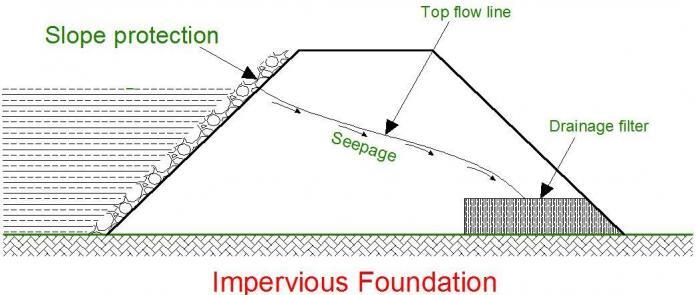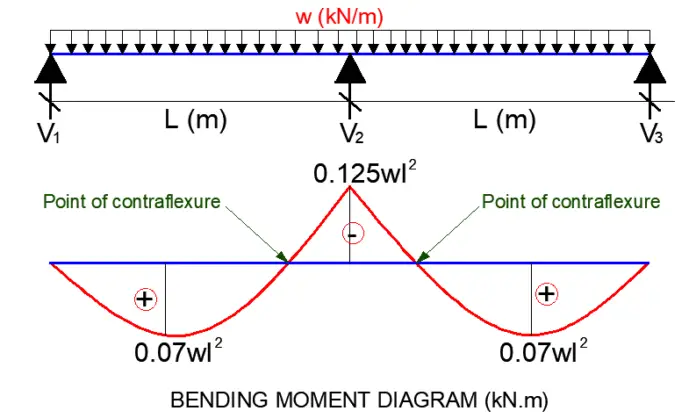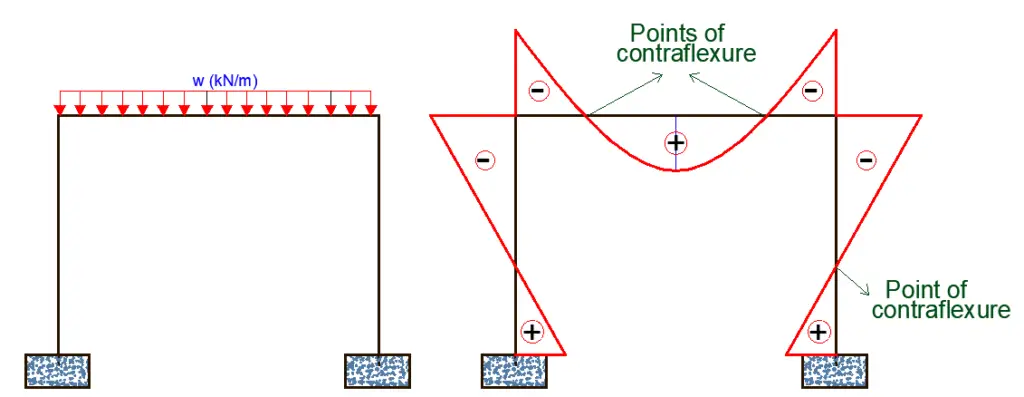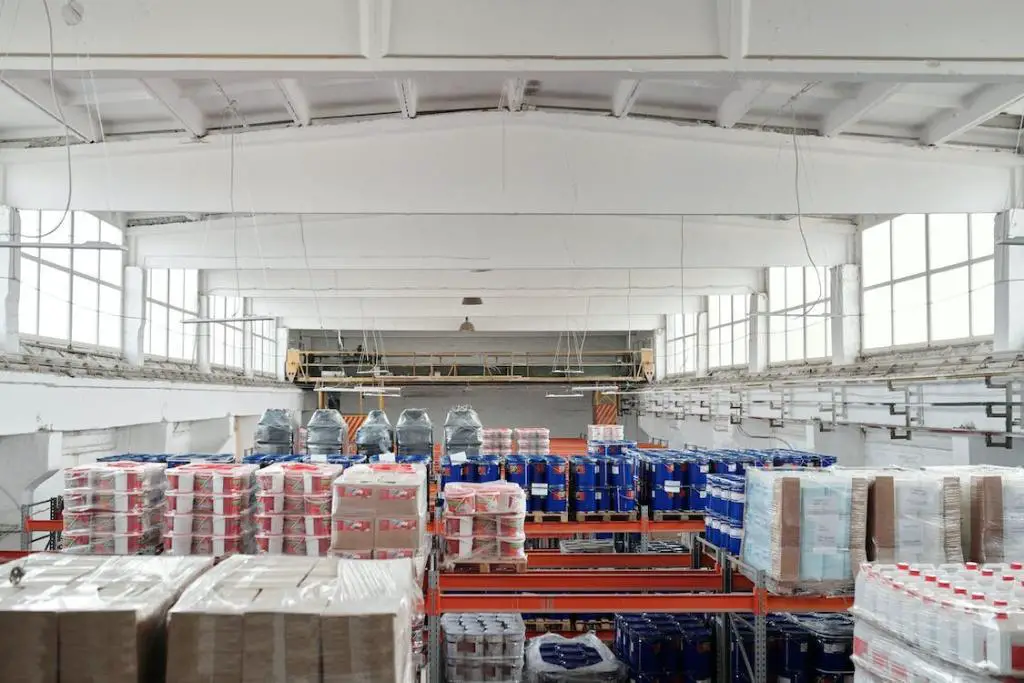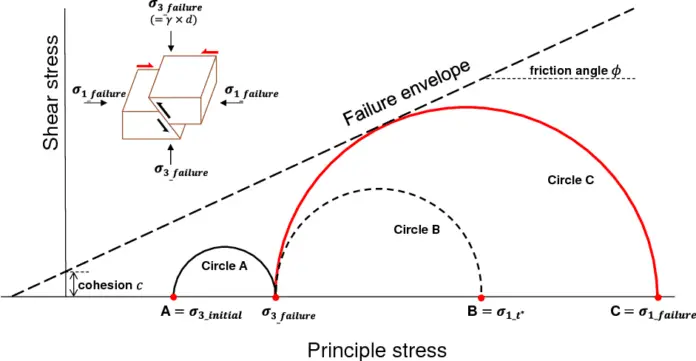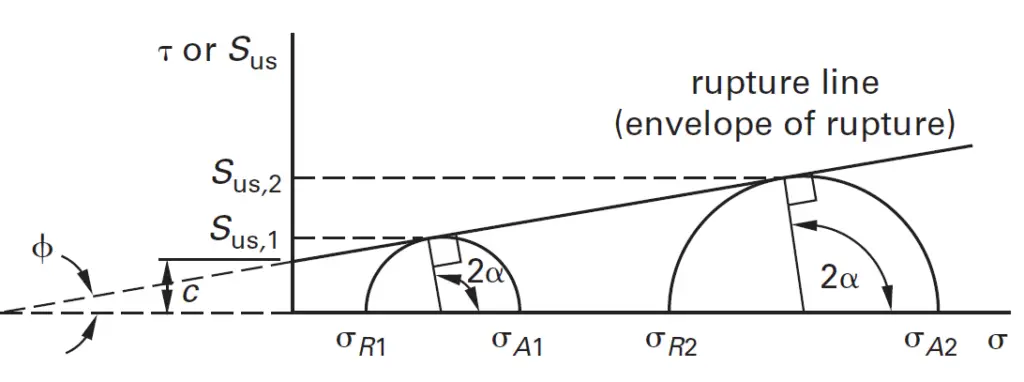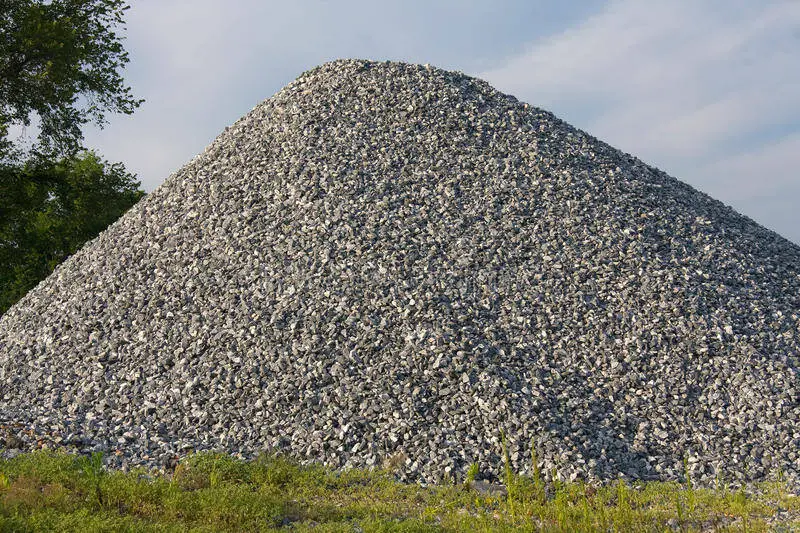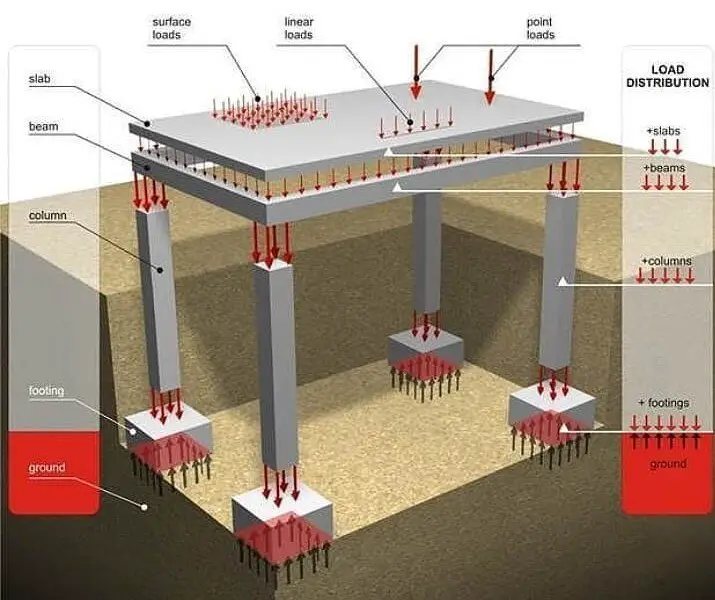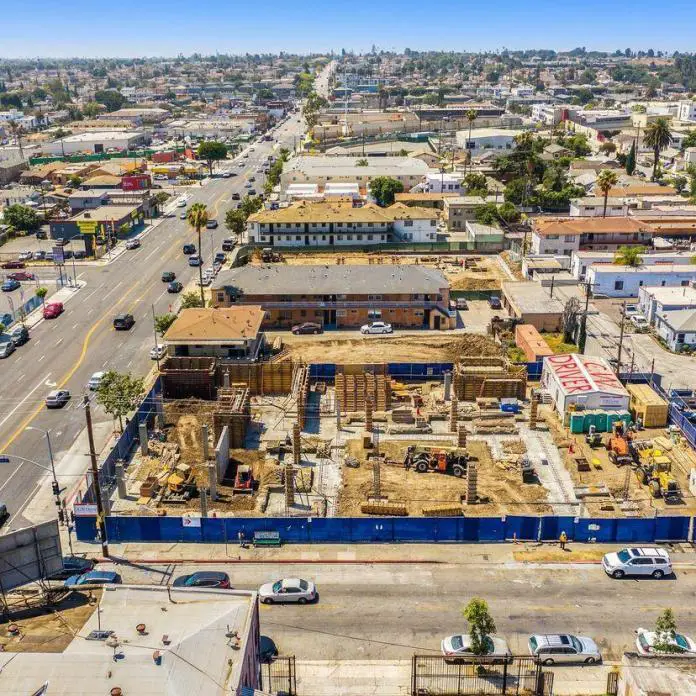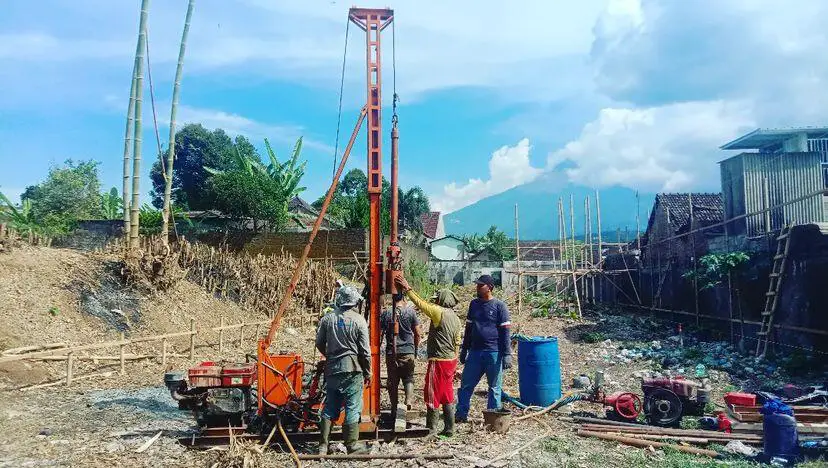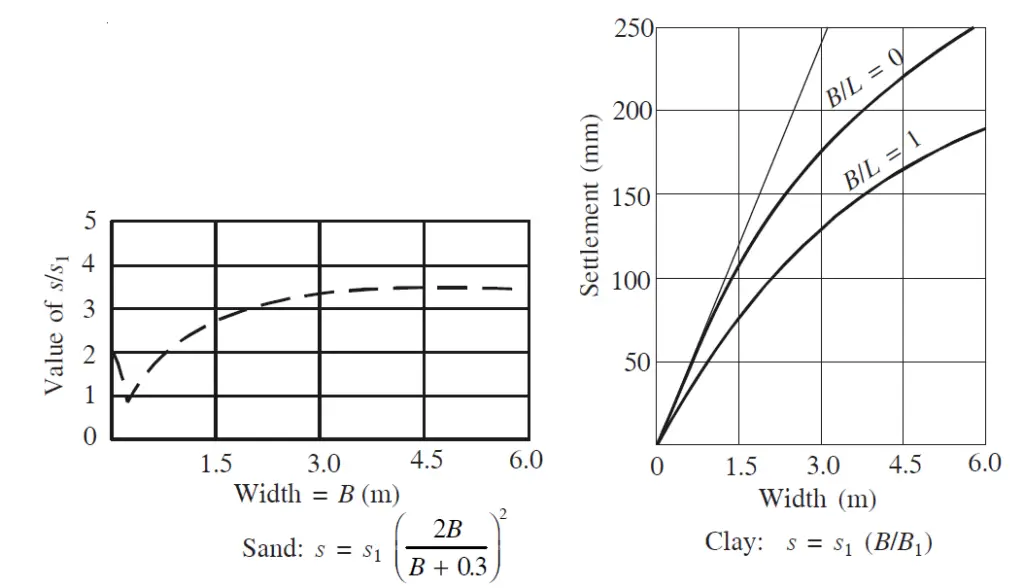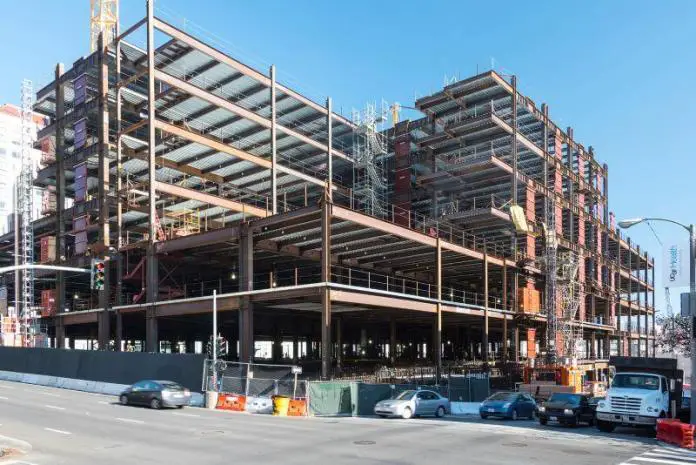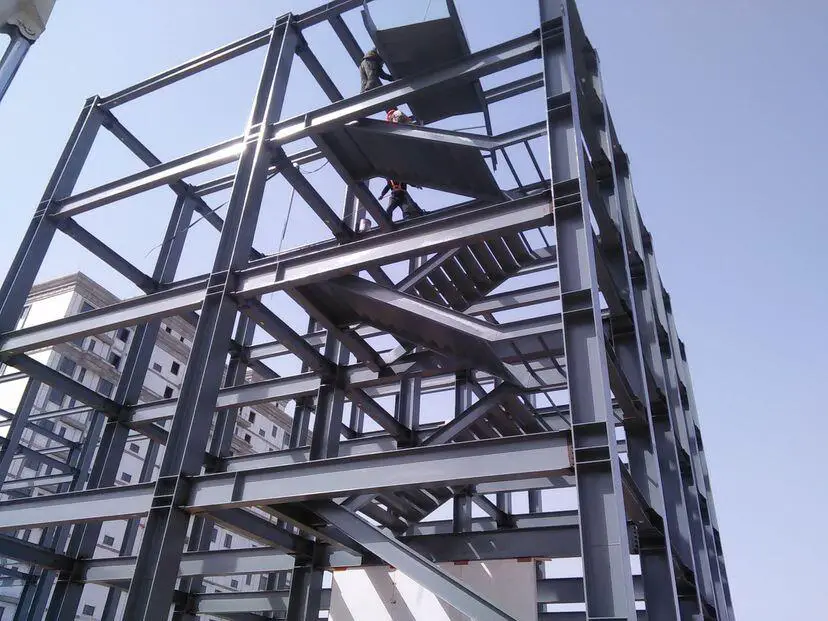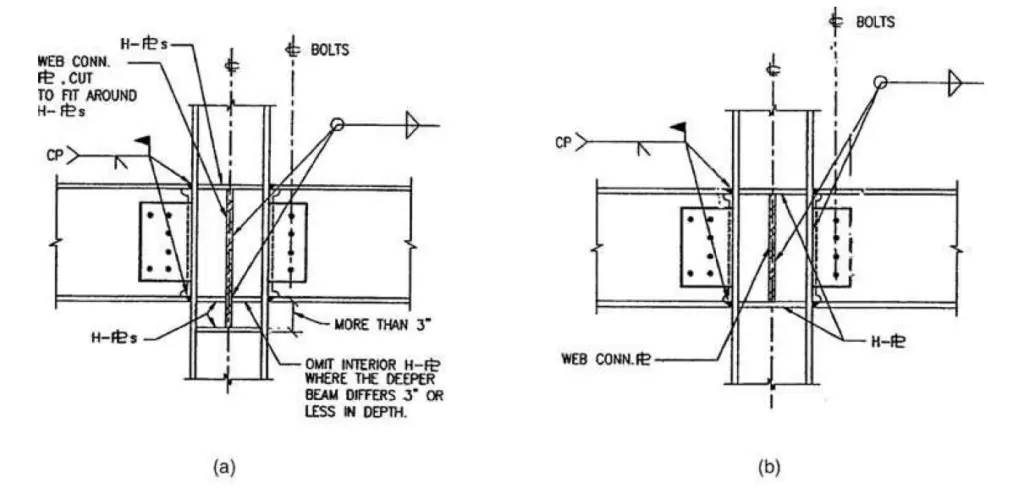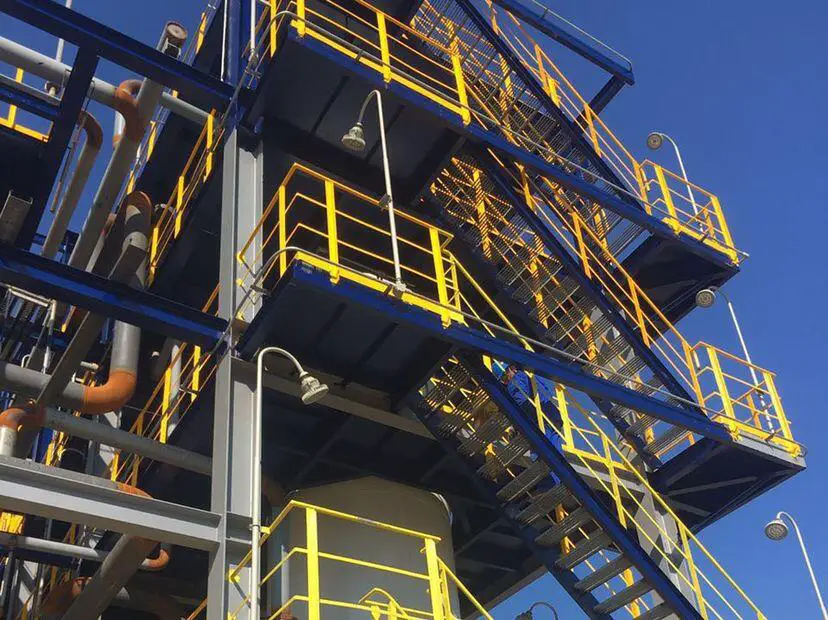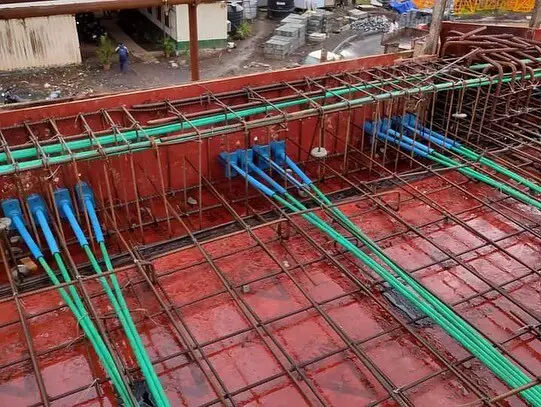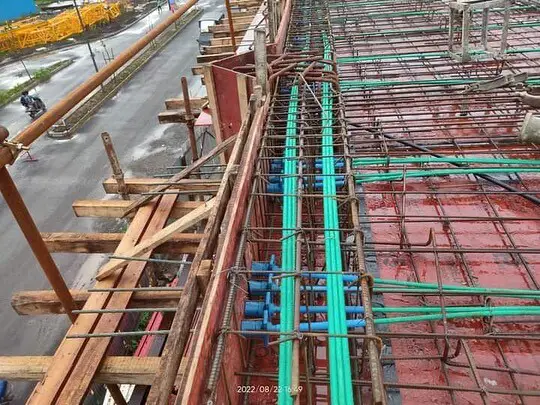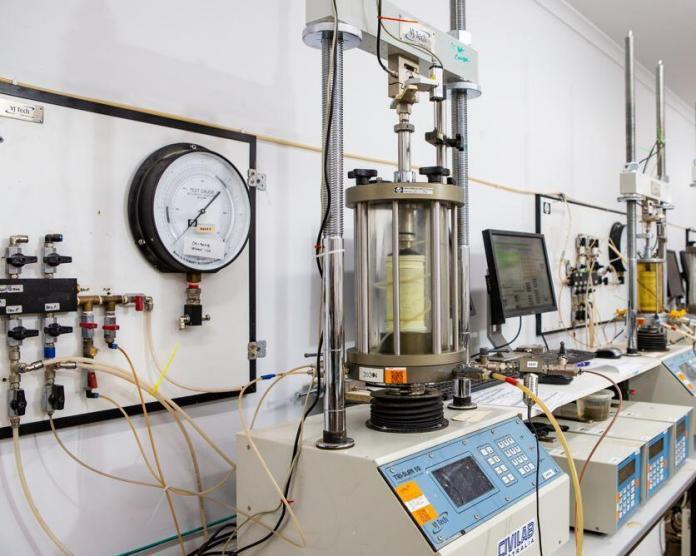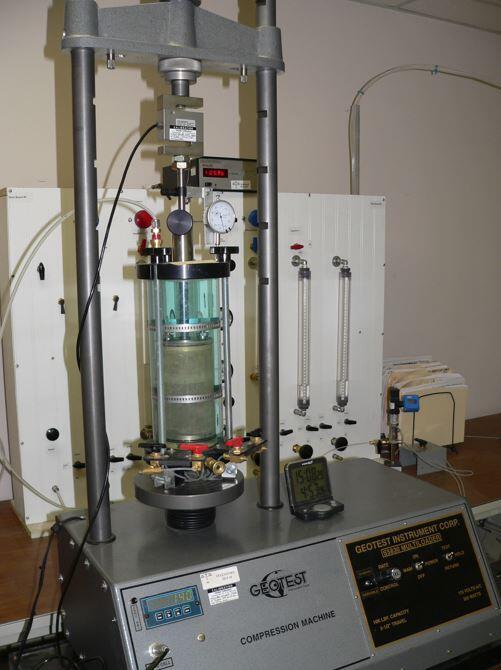Filters are essential for earthen constructions such as dams to be protected against seeping groundwater. A lot of literature on geotechnical engineering contains a number of empirical design criteria for filters that were created based on experimental research and prior engineering knowledge.
In the past, earth layers of various gradations or sizes were predominantly used to create filters. However, geotextile filters are increasingly widely used because of their low cost and relatively simple construction.

Applications of Filter Materials
An impermeable or permeable wall can be used to enclose the excavation in saturated soil. The pressure on an impermeable wall can be two to three times higher than on a permeable wall, on which only the effective earth pressure is acting.
On the contrary, both the earth pressure and the water pressure act on an impermeable wall. The pressures on the wall can be reduced by lowering the water level behind it, such as through pumping wells or drainage into the excavation pit. However, the in-situ soil surrounding the excavation is subjected to a hydraulic gradient as a result.
For internally unstable soils, the flow forces generated by this hydraulic gradient might result in the transport of fine soil particles into the skeleton of coarse soil particles. Unless the surface is protected with a filter and drainage material, the soil can erode at the surface where the water exits the soil body, such as at the pumped drainage well or at other drainage locations.
Whenever there is an impounded reservoir, a hydraulic gradient and water pressure are imparted to the soil foundation. The effective stresses and resulting soil strength are decreased by the elevated hydrostatic water pressure. The soil particles are subjected to flow forces by the imposed hydraulic gradient, which can lead to erosion at the soil body’s surface or within the soil’s skeleton, where water seeps out of the ground.
The erosion of soil particles will be stopped, and the effective stress will be raised, by adding a layer of filter material beneath a layer of drainage material at the water outlet.

Because water reduces the effective stress and consequently the shear strength of the soil and applies stresses when water is moving through the soil, it has a significant impact on the stability and erosion resistance of both natural and artificial soil structures.
The stability of structures erected on or in soil is therefore improved by draining the water out of the soil structures. The soil must be drained, nevertheless, in a controlled manner. Particles within the soil skeleton or near the surface cannot be eroded by hydraulic gradients and the flow forces that result. This is ensured for natural soils by restricting the hydraulic gradient. Filter zones built into the soil structure are used to control erosion for man-made constructions.
Design of Filters
The following six factors are taken into account when designing filter materials:
(a) Filter ability
(b) Internal stability
(c) Self-healing
(d) Material segregation
(e) Drainage capacity
(f) Material durability

Filter Ability
To design soil filters, the U.S. Army Corps of Engineers (Huang, 2004) set out some criteria. These criteria are based on the particle sizes that, according to the particle size distribution curve, correspond to specific weight percentages of the protected soil and the filter material.
Clogging criterion:
To ensure that the protected soil does not clog the larger particles of the filter, the following criterion must be satisfied by the relative sizes;
D15,filter/D85,soil ≤ 5.0
Permeability criterion:
To ensure that water passes through the filter system without building up excess pressure, the following criterion is recommended;
D15,filter/D15,soil ≥ 5.0
Additional criterion:
U.S. Army Corps of Engineers also recommends the following additional criterion;
D50,filter/D50,soil ≤ 25.0
Based on the above equations, one can design a satisfactory filter system when the particle size distributions of the relevant soil samples are available.
Bertram (1940) proposed the criterion D15,filter/D85,soil ≤ 6 for soil filters based on laboratory investigations. This filter criterion was later modified to D15coarse-side,filter/D85fine-side,soil ≤ 4.
A drainage criterion of D15fine-side,filter/D85coarse-side,soil ≥ 4 was added by Terzaghi and Peck (1948)(See figure 3).
Internal Stability
When a filter material is internally stable, it prevents small soil particles from moving due to the forces of water flow. Even for water flow at high (>>1) hydraulic gradients, as happens at a fracture in the sealing zone of an embankment, all soil particles ought to stay in place. For instance, Kenney & Lau (1985) provide a useful definition of internal stability as the capacity of a granular material to avoid the loss of its own microscopic particles as a result of disturbing forces like seepage and vibration.
The filter material’s gradation curve is split into two curves at a chosen grain diameter (dS), gradation curves for the sections finer and coarser than dS, respectively, in this technique, also known as the “retention ratio criteria.” The Terzaghi filter criterion is used to compute the retention ratio (RR) for the two gradation curves: RR = D15,filter/D85,soil. This is repeated for various dS values. If all grains meet the criteria RR ≤ 7-8 rounded grains or RR ≤ 9-10 for angular grains, they are all regarded as stable.
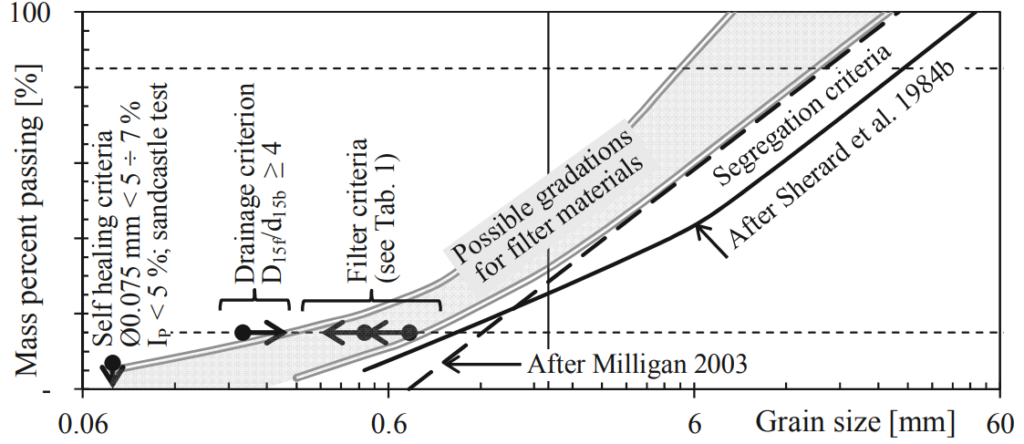
Self Healing
Self-healing means that when there is water flow, cracks that could develop in the filter zone owing to things like differential settlement, etc., close instead of remaining open. Therefore, cohesion cannot exist in the filter material. By limiting the amount of non-plastic (IP < 5%) fines to under 5%, this is ensured. The sand-castle test (Vaughan & Soares 1982) attests to the filter material’s compliance with the self-healing specifications.
Material Segregation
The filter zone can no longer serve its purpose of preventing fine particles from moving from the core to the filter zone or within the filter zone when the filter material segregates, meaning that the coarser particles separate from the finer particles. This is because the segregated coarse-grained components do not form a filter to the adjacent materials. Therefore, it is necessary to prevent the segregation of filter elements. Most experts concur that a high sand content and a small maximum grain size lessen segregation.
Drainage capacity
The Terzaghi criterion D15,filter/D85,Soil ≥ 4 still applies and Sherard recommends D15,filter ≥ 0.2 mm.
Material Durability
Standard tests like the Los Angeles abrasion test (ASTM C535) or the wet and dry strength variation (typical limit 35%) are frequently used to examine the durability of filter materials. For significant dam structures, mineralogical and chemical analysis of the dam material is suggested This can show whether the substance contains inclusions of (i) swellable clay minerals or (ii) water-soluble minerals, such as gypsum or carbonate rocks.
In addition to dissolving, more recent materials can also re-cement at particle interactions and produce real cohesiveness. Dam filter materials containing carbonate and sulfide should be handled carefully.
Conclusion
The stability and erosion resistance of both natural and artificial soil structures are significantly influenced by water. The stability of the soil structure is increased by draining the water out of it. The soil must be drained, nevertheless, in a controlled manner to prevent erosion. Filter materials positioned inside or on top of the soil structures are used to achieve this.
Filter materials must possess specific properties that are detailed by filter criteria, which has undergone significant progress in recent decades. These filter criteria currently consist of six distinct sections, and each of these criteria has been discussed in this article.

